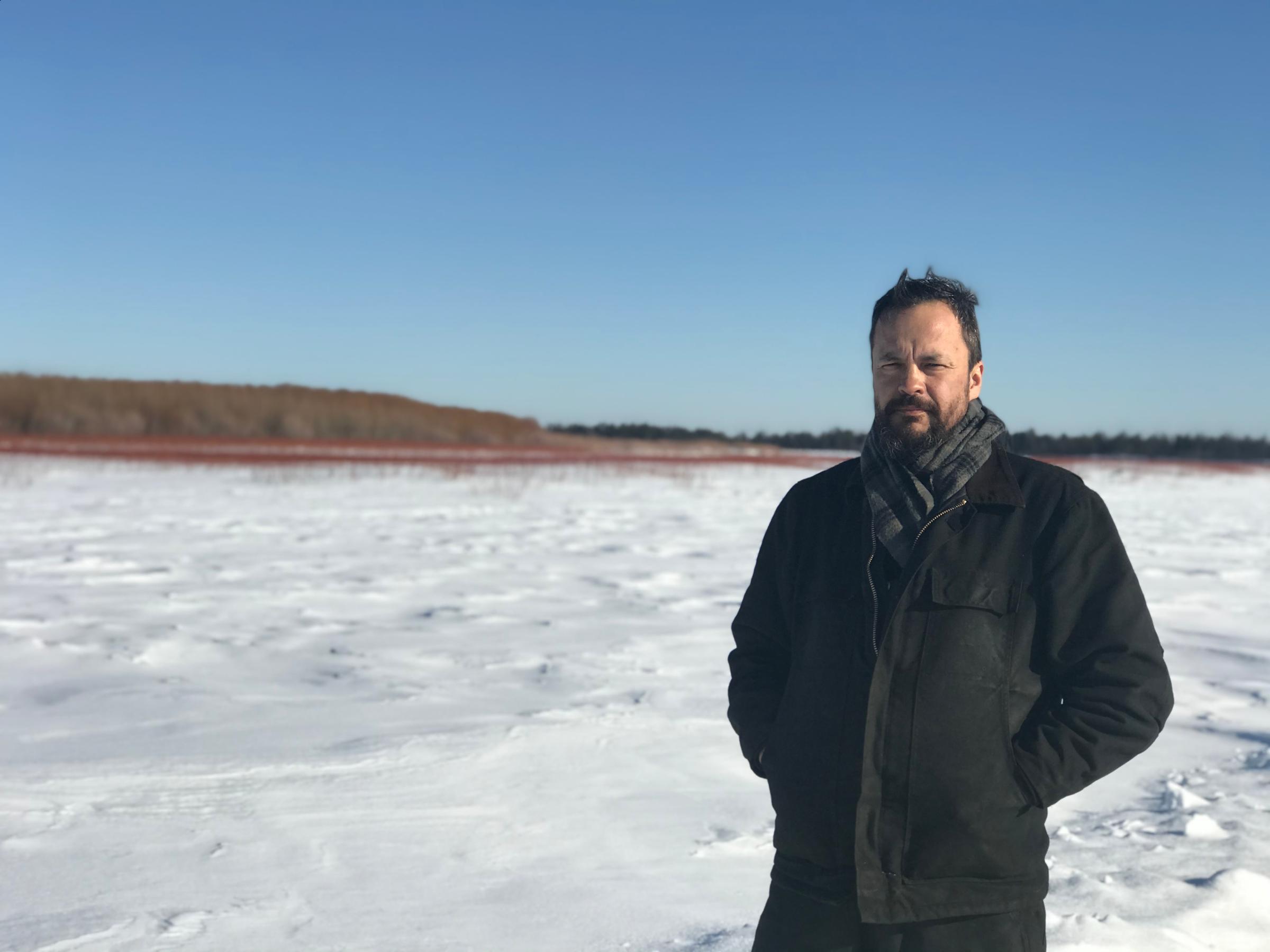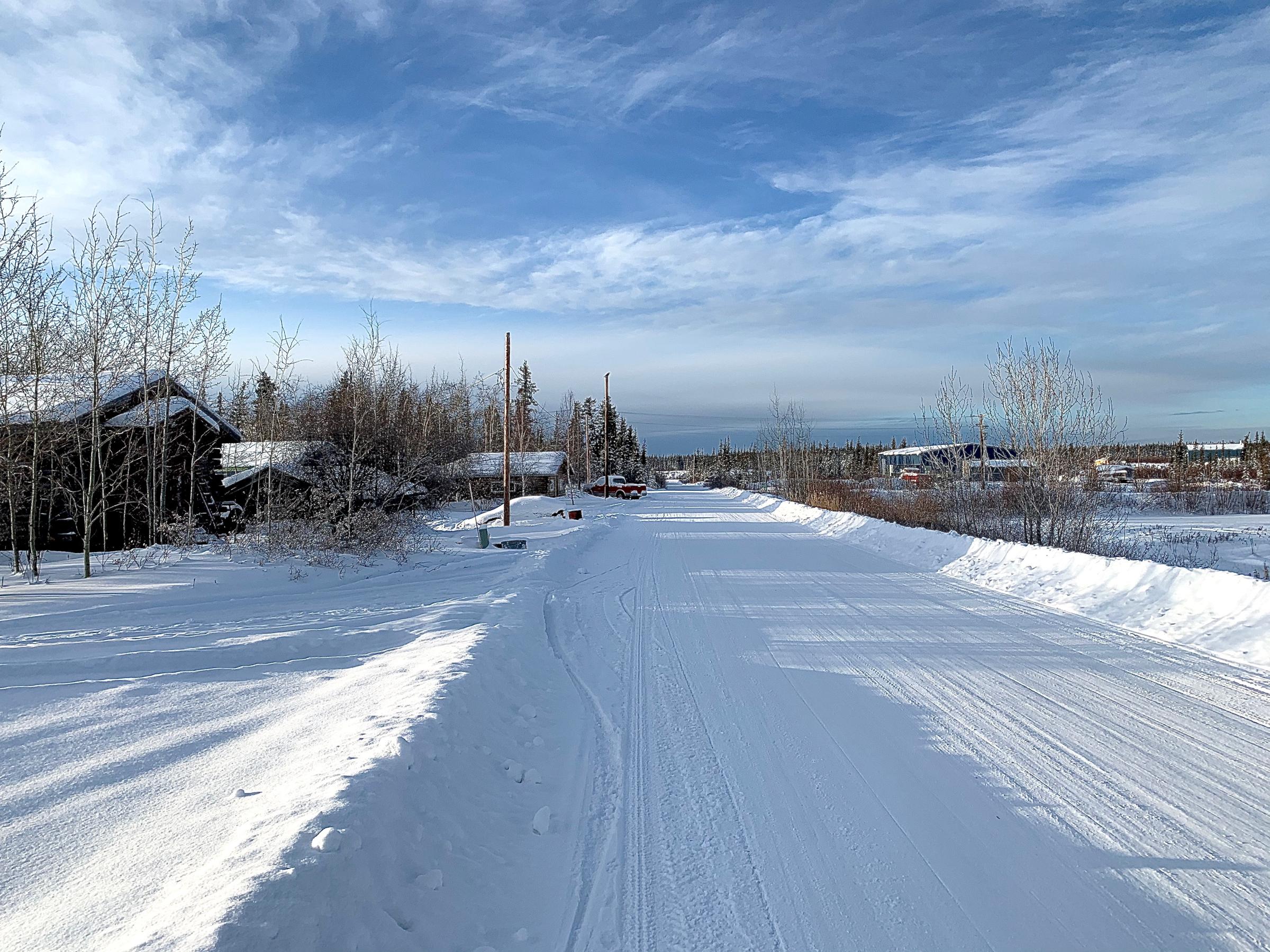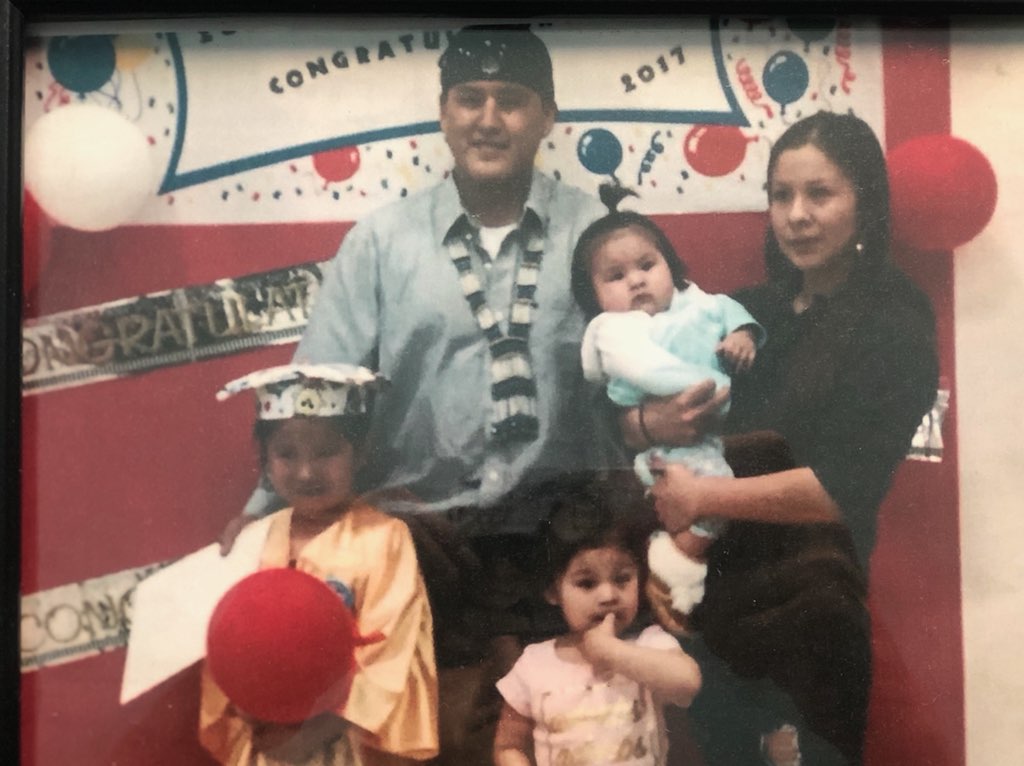With a deadly coronavirus epidemic creeping northward and the nearest hospital 230 miles away, Galen Gilbert, First Chief of Arctic Village, Alaska, knew his 200-person town could not afford to take any chances. A single case of COVID-19 could lead to the virus quickly spreading around the tight-knit community, but anybody who needed hospitalization would likely face an overstretched medevac system. As national infection rates rose, the 32-year-old leader and his village made an agonizing decision: rather than risk a potentially devastating outbreak, Arctic Village cut itself off almost entirely from the outside world.
“It’s a sacrifice we have to do for our people, because it’s such a small community,” Gilbert says. “You gotta do what you gotta do to survive.”
In recent weeks, dozens of villages like Gilbert’s, mainly populated by indigenous Alaskans and overseen by tribal authorities, have restricted or completely halted travel in order to keep COVID-19 at bay, in addition to instituting social distancing rules within their borders. Barring travel is an extreme measure for such isolated communities, but leaders say it’s better than risking outbreaks in settlements where a lack of local medical capacity means an infection could easily become a death sentence. “They really don’t have any way other than that to protect themselves,” says Victor Joseph, chief and chairman of the Tanana Chiefs Conference, an Alaska Native non-profit corporation that provides social and health services to 37 federally-recognized tribes spread across an area a bit smaller than the state of Texas.
Keep up to date with our daily coronavirus newsletter by clicking here.
100 miles to the south of Arctic Village lies Fort Yukon, a 580-person town where temperatures have reached -79F and the nearest big city is 150 miles away. Leaders there suspended all inbound passenger air travel on March 23, exempting only medical personnel, patients returning from treatment, public safety officers and those who make it through a restrictive waiver process. Anyone who has arrived since March 14 is subject to a mandatory two-week quarantine. Patrolling villagers discourage anyone from entering the settlement by snowmobile.
“We really don’t have the capacity to handle one serious case,” says Dacho Alexander, a local Tribal Council member representing Fort Yukon, where the majority of people are of the Gwich’in indigenous group. “We’re just afraid that if we have a single case, that it has the potential to spread through the community like wildfire.”

Communities like Arctic Village and Fort Yukon have almost no local medical infrastructure. Instead, they largely depend on medevac services based in cities like Fairbanks and Anchorage to airlift patients in emergencies. But just like ambulance networks in hard-hit cities like New York, village leaders are concerned that those airlift services could quickly be overwhelmed if COVID-19 spreads among numerous villages. Furthermore, the healthcare systems in Alaska’s big cities could easily be consumed with fighting their own local outbreaks.
The new rules have disrupted life in major ways for village residents. Some were away from home when they went into effect, and are now stranded indefinitely. “We got a lot of phone calls about people who are out of town and they want to come home,” says Gilbert. “We straight up tell them the Council doesn’t want people in or out of the village because it’s too risky.” Fort Yukon’s tribal government may pay hotel expenses for some in temporary exile. Gilbert’s own mother is stuck in Fairbanks, which has reported 30 area COVID-19 cases as of March 30. She wishes she could come home, Gilbert says, but she understands the policy.
Not everyone has been so cooperative. A group of Fort Yukon residents recently rode in on snowmobile, bucking the rules. The violators refused to leave, but agreed to at least isolate themselves in their homes. The incident forced the village to restart a community-wide 14-day lockdown.

There’s evidence that the villages’ strict isolation could be effective. “Historically there’s precedent for it,” says Dr. Howard Markel, a medical history professor at the University of Michigan’s School of Public Health. He worked on a 2006 Defense Department study examining communities that weathered the 1918 flu epidemic with few or no influenza-related deaths. Those communities, which included the San Francisco Naval Training Station on Yerba Buena Island; Princeton University in New Jersey; and Gunnison, Colorado, effectively shut themselves off from the outside world as the pandemic raged, and emerged months later almost unscathed. Markel says so-called “protective sequestration” can work for small communities, but they come with an enormous degree of social disruption. “It’s a very bold move,” he says. “But if they have the wherewithal to maintain it, it could save a lot of lives.”
In Arctic Village, Fort Yukon, and other small Alaskan villages, that wherewithal comes in large part from a reverence for the elderly, who are particularly at risk from COVID-19, and who have a great deal of influence within these communities. “To protect our elders, that was our main concern,” says Gilbert. It’s an attitude in stark contrast with the calls of some American leaders who have suggested letting the elderly “take care of ourselves.” That COVID-19 is proving especially deadly for older patients makes it a particular threat for many of these communities, which tend to be older than average. (The Yukon-Koyukuk Census Area, which spans nearly 150,000 square miles across central Alaska and has just over 5,000 people — including residents of Arctic Village and Fort Yukon — has a significantly larger proportion of elderly people than the state as a whole.)
Some elders have shared stories of past outbreaks that decimated native communities, helping to convince residents that isolation is the right move. Records are scarce, but a 1927 survey of the Spanish influenza pandemic indicates that the mortality rate of the disease may have been four times higher among Native Americans than for whites. The vast majority of influenza deaths in Alaska, more than 80%, were among native people.
“We had a lot of folks in this area suffer from TB all the way up until the mid 1940s,” says Alexander, who adds that the 1918 pandemic killed massive numbers of people in Fort Yukon. “A lot of folks remember losing a lot of loved ones, and so while it’s not fresh on everyone’s minds, it’s not that far in the past.”

For those who regularly hazard long, sometimes dangerous trips over Alaska’s interior, the new protective measures have been ominously apparent. In communities that rely on an airstrip as their only conduit to the outside world, bush plane touchdowns are, in normal times, often met by crowds of residents. But amid the COVID-19 outbreak, those impromptu celebratory gatherings have stopped.
“Usually lots of people get involved … throwing boxes, unloading the plane,” says Max Hanft, chief pilot at the Fairbanks-based Wright Air Service. “It’s usually a fairly festive event, whereas now pretty much all we’re dealing with is our village agents, and no one else is really coming out to meet the plane.”
Hanft and other pilots are still making lonely flights across mountain ranges and vast stretches of boreal forest to resupply settlements like Arctic Village and Fort Yukon, where he says the packages are handled “like hazmat.” But without many passengers to fly, Alaska’s bush airlines have drastically reduced their service. Joseph, of the Tanana Chiefs Conference, worries that fewer flights could mean food shortages in towns that are only accessible by air. A representative of Wright Air Service says it’s committed to keep flying, and that despite “devastating” financial losses, it’s still “part of the societal contract.”

And though many villages are dependent on air transport for important supplies — including online orders — the people of Fort Yukon tend to have a good deal of frozen game put away, says Alexander. He adds that they’re prepared to live off the land if need be. “Elders have always said there may be a time when people are going to need the resources that the land provides,” Alexander says. “And so the people of the Yukon Flats have been protecting that resource for the last hundred years.” It’s unclear how the effects of climate change may affect locals’ ability to hunt, fish, and so on.
Arctic Village is similarly dependent on air shipments, though Gilbert says residents rely on caribou as their main food source, along with moose, ptarmigan and ground squirrel, as well as river grayling, pike, trout and other fish from the area’s lakes and the Chandalar River. Even with those resources at hand, he doesn’t underestimate the seriousness of the pandemic threat, or the severity of the measures in response.
“I had some people of mine that were really freaked out,” says Gilbert. “That’s part of my job, is encouraging them, give them strength and give them hope as well.” Alexander, meanwhile, takes solace in the fact that keeping a pandemic at bay is not altogether different from riding out the punishing winters of the Yukon Flats. “We had minus 40 to minus 50 below for two months,” he says of the past winter. “If anyone is prepared to self isolate, I think it’s the Gwich’in.”
Please send any tips, leads, and stories to virus@time.com.
More Must-Reads from TIME
- Donald Trump Is TIME's 2024 Person of the Year
- Why We Chose Trump as Person of the Year
- Is Intermittent Fasting Good or Bad for You?
- The 100 Must-Read Books of 2024
- The 20 Best Christmas TV Episodes
- Column: If Optimism Feels Ridiculous Now, Try Hope
- The Future of Climate Action Is Trade Policy
- Merle Bombardieri Is Helping People Make the Baby Decision
Write to Alejandro de la Garza at alejandro.delagarza@time.com